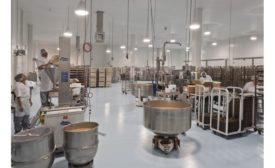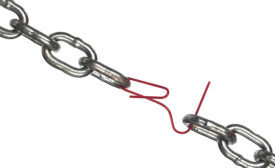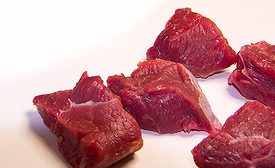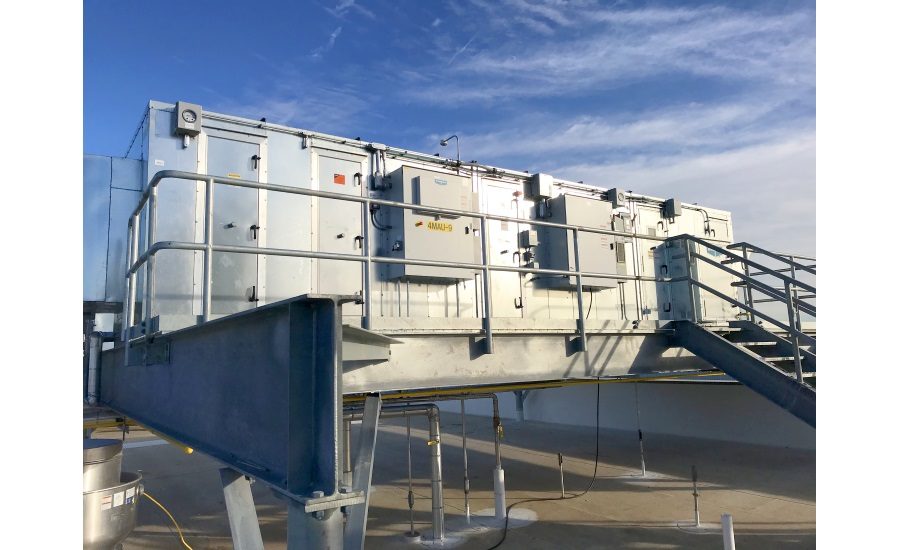Home » Keywords: » sanitary equipment design
Items Tagged with 'sanitary equipment design'
ARTICLES
Food safety best practices in manufacturing development
When it comes to food safety best practices and education, AFFI offers members a plethora of tools and resources.
September 11, 2018
Processing Tech
Improved sanitation and design on slicers, dicers and cutters
A cleaner cut: Improved sanitation and design is creating the slicers, dicers and cutters of the future.
May 1, 2018
Benefits of contract sanitation
One way to increase your plant's efficiency is to optimize the sanitation process.
March 27, 2018
IMAGE GALLERIES
Equipment design and sanitary facilities
Equipment, technology and more featured in the "Sanitary facility and equipment design" article.
Never miss the latest news and trends driving the food safety industry
eNewsletter | Website | eMagazine
JOIN TODAY!Copyright ©2025. All Rights Reserved BNP Media.
Design, CMS, Hosting & Web Development :: ePublishing











